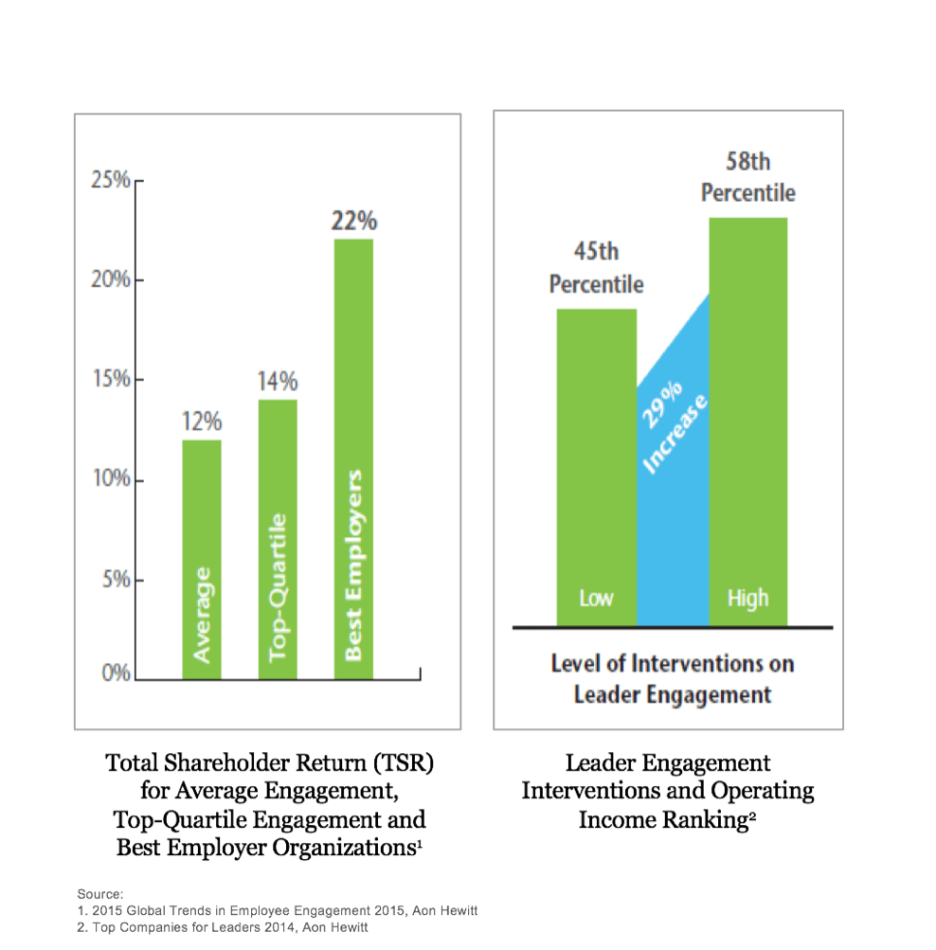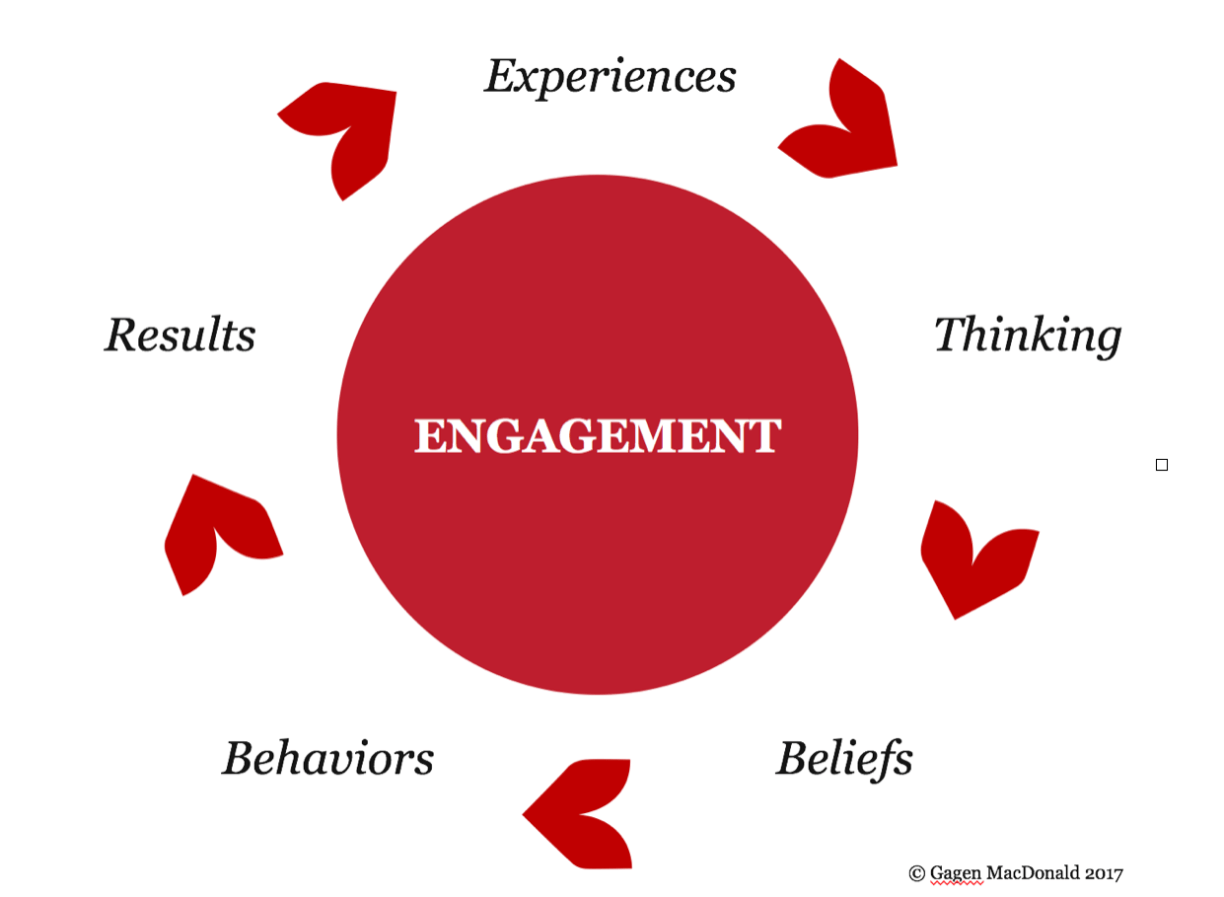Dec 13, 2017
Why humanizing the employee experience matters

This post originally appeared on the Organizational Communication Research Center blog for the Institute for Public Relations.
At Gagen MacDonald, we’ve long believed that love in business is good business. And that’s why it was wonderful to read about Dr. Rita Linjuan Men’s latest research study, It’s about How Employees Feel! The Impact of Emotional Culture on Employee-Organization Relationships. Her survey provides empirical evidence on whether emotional culture truly matters for an organization’s success.
Dr. Men found that organizations with emotional cultures of love and joy positively influenced employee-organization relationships, and cultures of fear and sadness cast negative effects.
Well, of course, you might say. What you focus on manifests itself. Agreed… but: look around your organization and check the reality. What drives culture—in either a positive or negative way? And who has the ability to impact culture significantly and create a culture of engagement? With our clients, we’ve found that creating a culture of engagement requires pulling multiple levers and navigating many organizational stakeholders, starting with leadership as the ultimate owners of culture.
Dr. Men’s survey found that a positive emotional culture matters not merely because it makes work more pleasant, but because it promotes employee trust and humanizes the employee experience—which makes employee engagement that much more possible. “When employees’ need for mutual respect, care, connections, and reliance on one another is satisfied in the organization,” writes Dr. Men, “they tend to trust the organization more, be more satisfied with, and committed to the organization, and feel the balance of power in the relationship with the organization.”
Engaging leaders who engage others isn’t just a “nice-to-have.” Data demonstrates leaders are the key ingredient to creating a culture of engagement that sustains business results in a complex global environment. As the graph from Aon Hewitt below illustrates, companies that invest significantly in leader engagement have significantly higher operating income than those that do not.

So, how as a leader—or a communications professional who supports leaders—do you do it? For those of you uncomfortable with that touch-feely definition of “love in business,” there are simple and rational things you can consider to help humanize the employee experience. And it starts with the word “experience.” Too often, we think about changing someone’s behavior in order to achieve a different result. (How many of us have tried to change a teenager’s behavior? Or a pet’s? A parent’s? A sibling’s?) The truth is: you can’t change someone’s behavior because you can’t control it.
What you can influence is someone’s experience based on your actions (which you do control), and that in turn shifts their thinking, which in turn creates a belief—and that belief prompts a different behavior, and you will realize a different result.

Here’s an example of how that might work, based on what we’ve observed with clients: How many times does a company ask for innovation, and employees respond—but their ideas are ignored? Or, worse yet, an employee gets “shot down” for bucking the system or offering a “bad” or “unpopular” idea? The collective organizational and cultural experience is that it’s bad to stick your neck out and offer a new idea, and others see that. Therefore, the collective belief is that speaking up with new ideas is bad and the behavior is that no one speaks up. As a result, the company gets no ideas from employees closest to the customer that can lead to innovation.
How do you change that cycle? The answer is to create new experiences. With our clients, we’ve found four important levers a company can consider to influence culture. Some of these are more obvious; others are ones we all need to pay closer attention to, because you may be communicating unintended messages without even realizing it.
- Behaviors. How do leaders, peers, our teams, and our partners behave? What do they do—or not do? What messages do those behaviors send? We once worked on-site with a brewery where the plant manager commanded a workforce of 500+ people and wanted the culture to become less hierarchical and more inclusive. The plant was built on a small plot of land, so parking was at a premium. It might take an employee 15 minutes to walk from the edge of the parking lot to clock in, but she had to walk by the plant manager’s SUV parked in the first spot (with a big RESERVED sign on it) closest to the entrance. What message did that send?
- Energy. What’s the energy level we feel? What’s the atmosphere? The tone? How many of us have worked at a company where we say there is a “burning platform” for change, but it takes weeks to schedule a meeting to realize a critical decision, or to provide a tool necessary to complete one’s job?
- Symbols. What environmental signals does the organization observe? Does your company’s purpose, vision, mission, and values match the rhetoric? What’s measured? How is the workplace designed? How are decisions made? What does the organization invest in? Consider another company that wanted to communicate the need to diversify its workforce to be more inclusive of women, yet for every three men’s restrooms, they had one women’s restroom.
- Technology and systems. This isn’t limited to technology in the literal sense, but also encompasses systems and structure. How do we organize? Do our systems and structure support our strategy? What does the employee handbook say and how are our policies and procedures applied?
I don’t have all of the answers and would love to hear more from you. What other levers should we pull to change culture? What do you find the best leaders are doing to drive a culture of engagement at your company? Where are companies failing? When we say we need to humanize the employee experience, what does it mean to be “human”? I look forward to continuing the conversation!